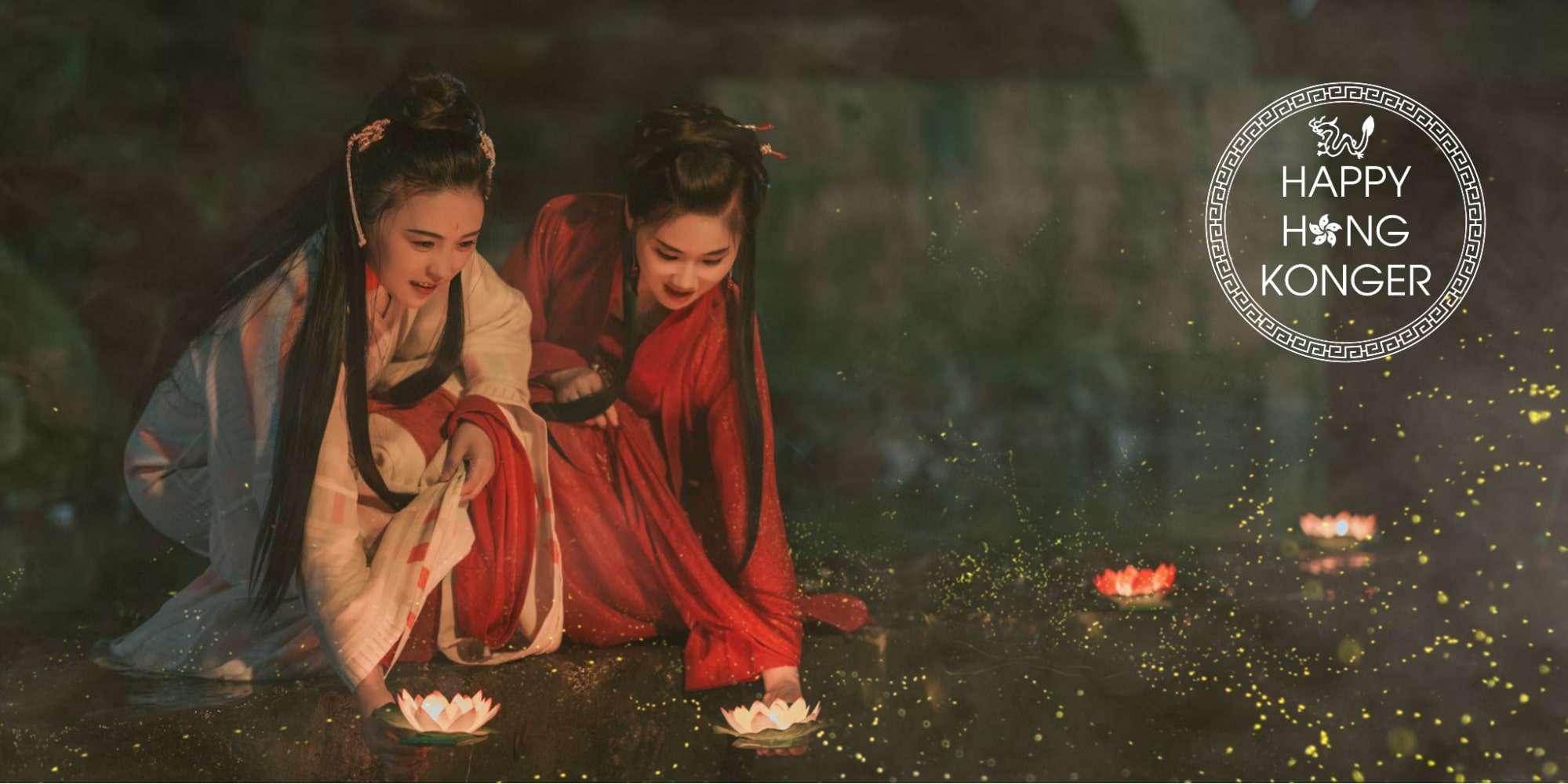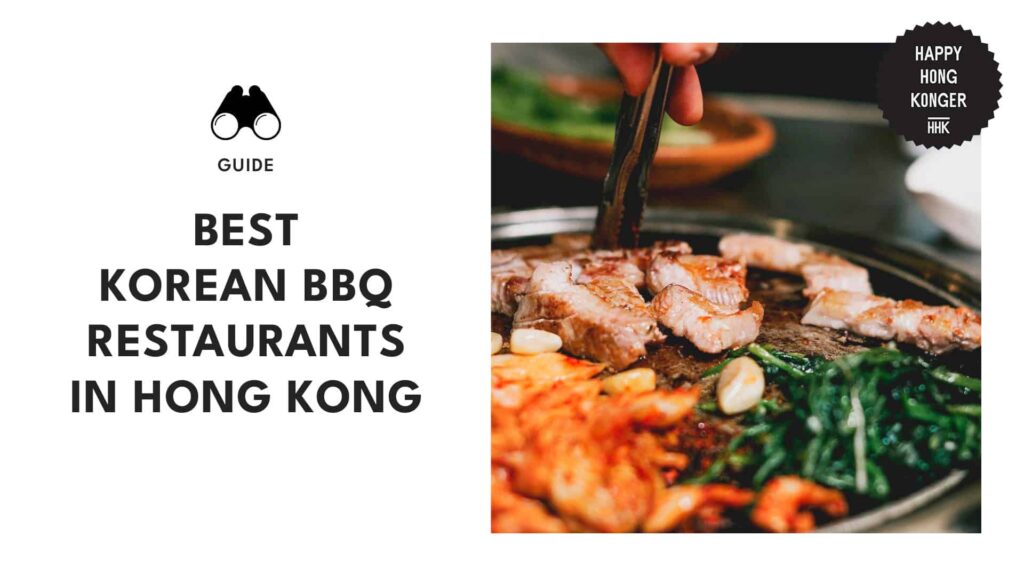Categories > Guides and Tips

What is the Qixi Festival and how is it celebrated?
The Qixi Festival is deemed the Chinese Valentine’s Day due to its romantic origin: an old Chinese household love story about Niulang and Zhinü (Cowherd and Weaver Girl).
During the festival, couples exchange presents like jewellery and flowers. People also participate in traditional events while dressed in ancient Chinese clothes.
Qixi Festival has a lot of other names. It’s also called Qiqiao Festival as well as “Double Seventh Festival” since it falls on the 7th day of the 7th lunar month.
In this article, we talk more about the Qixi Festival, from its origins to present-day festivities.
What is the origin of Qixi Festival?
Much like other folklore, the story of the Cowherd and the Weaver Girl has been told in different variations over time.
But the story where Qixi Festival truly came from remains the same: a love story between Zhinü (the weaver girl) and Niulang (the cowherd).
The story begins in ancient China, where a young cowherd named Niulang lived as an orphan with his cow. He came across Zhinü, a weaver girl and the seventh daughter of a goddess.
The two were starstruck and fell in love with each other, much to the dismay of Zhinü’s mother. Despite this, the two lovers got married and bore two children even without the goddess’s approval.
After finding out that her daughter had married a mortal, the goddess sent her heavenly troops to bring Zhinü back to the heavens, leaving Niulang on earth.
However, Niulang’s cow started talking, instructing him to use his hide to fly to the heavens above and find his wife. Even with great sadness, Niulang killed his cow and flew up with his 2 sons.
The goddess took heed of this. Furious, she took out her hairpin and made a massive scratch in the sky to separate Zhinü and Niulang forever, making the galaxy we now know today as the Milky Way.
Since then, Zhinü could only sit on the far side of the river and continued to weave, while Niulang looked after their two children.
Moved by their love, magpies all over the world took pity on the star-crossed lovers and would fly together every 7th day of the 7th month to form a bridge where Zhinü and Niulang could meet.
How did people celebrate Qixi Festival in the past?

Qixi Festival has been celebrated for over 2,000 years and was very popular among young girls in ancient China.
During older ceremonies, girls participated in the adoration of the celestials. They travel to the local temple to seek knowledge from Zhinü.
Paper is typically burnt as an offering. Girls can recite traditional prayers for dexterity in needlework, which was very symbolic of the traditional skills of a good spouse.
Divination might be used to assess potential embroidery dexterity. They express wishes for a partner who would be a kind and caring husband. During the Festival, females demonstrate their household abilities.
Traditionally, contests were held among persons who strove to be the greatest at threading needles in low-light situations, such as the glow of an ember or a half moon.
The celebration was extremely significant for wedded couples. They would traditionally adore the celestial pair one more time and send them goodbye.
The event represented a joyful marriage and demonstrated that the married woman was valued by her new family.
How should you celebrate Qixi Festival today?

On the Qixi Festival, couples traditionally go on a date and exchange presents. In recent years, an increasing number of couples have chosen to get married at a register or to perform a traditional Chinese-style wedding ceremony on this romantic day.
The tradition of praying for skillfulness and creativity is also still practised until today, with young girls attending ceremonies dressed in traditional Chinese clothes.
However, the event was traditionally quite popular among young ladies in the past, and there were a variety of activities on that day. Only a few of the most popular ones have survived to this day:
Worship the moon and appreciate the stars Vega and Altair
On the evening of Qixi, women would bathe in water and sap, wear new garments, and worship the moon, as the moon was considered an auspicious symbol for ladies in ancient Chinese culture.
Following that, they would admire the stars Vega and Altair, signifying Zhinü and Niulang’s reunion.
Pray to Zhinü for skillful hands and domestic skills
Women in ancient China would pray to the Weaver Girl on the 7th day of the 7th lunar month, for dexterous hands, which were considered a good wife characteristic.
In other locations, they also prayed for intellect, a good marriage, and the ability to conceive a child, among other things.
Eat qiao guo and other qixi pastries
This practice stemmed from the story of a young girl who felt strongly for Zhinü and Niulang. Every Qixi Festival, she would bake several beautiful sweets and pray for the two to reconcile peacefully.
This dedication moved the Jade Emperor who sent a matchmaker to find the girl a partner. Since then, more and more young women started creating pastries and the habit of eating Qixi pastry developed.
In Hong Kong, couples send each other cakes and pastries to celebrate this romantic day. Qixi pastries are still popular in various parts of China, like Shandong, Shanghai, Shaoxing, and other adjacent locations today.
Shandong-style pastries are tiny baked pastries in animal or floral shapes, and Shanghai-style pastries are fried, thin, twisted pastries.





